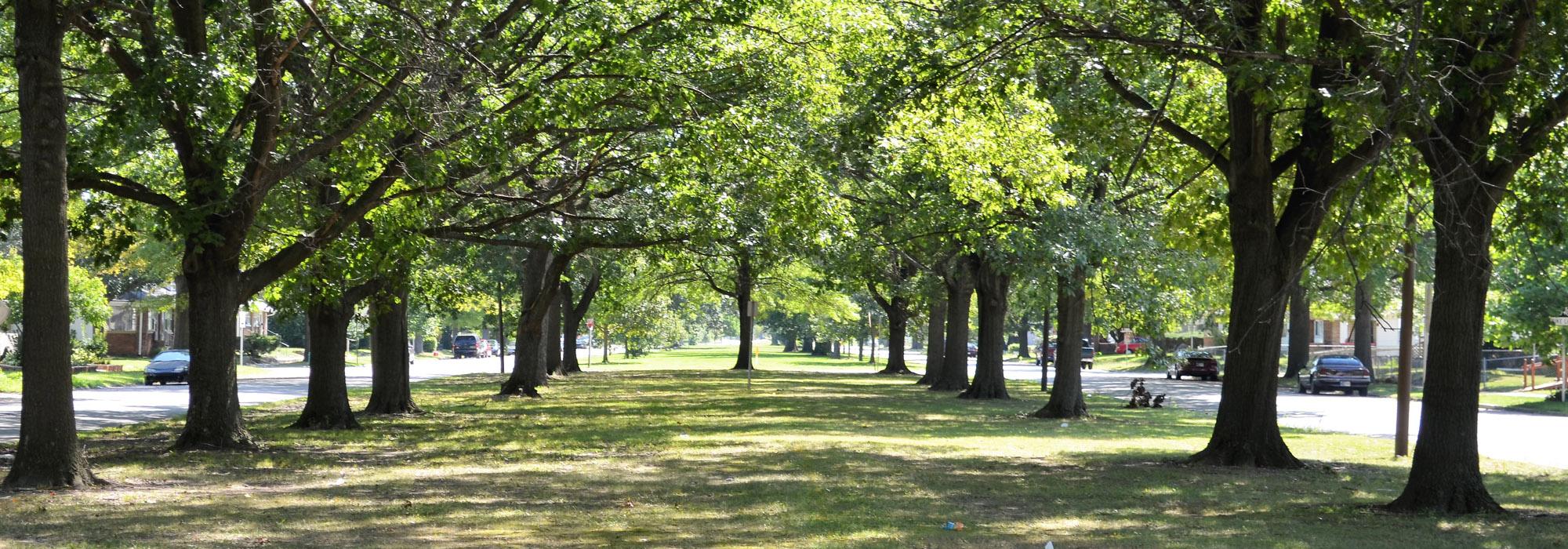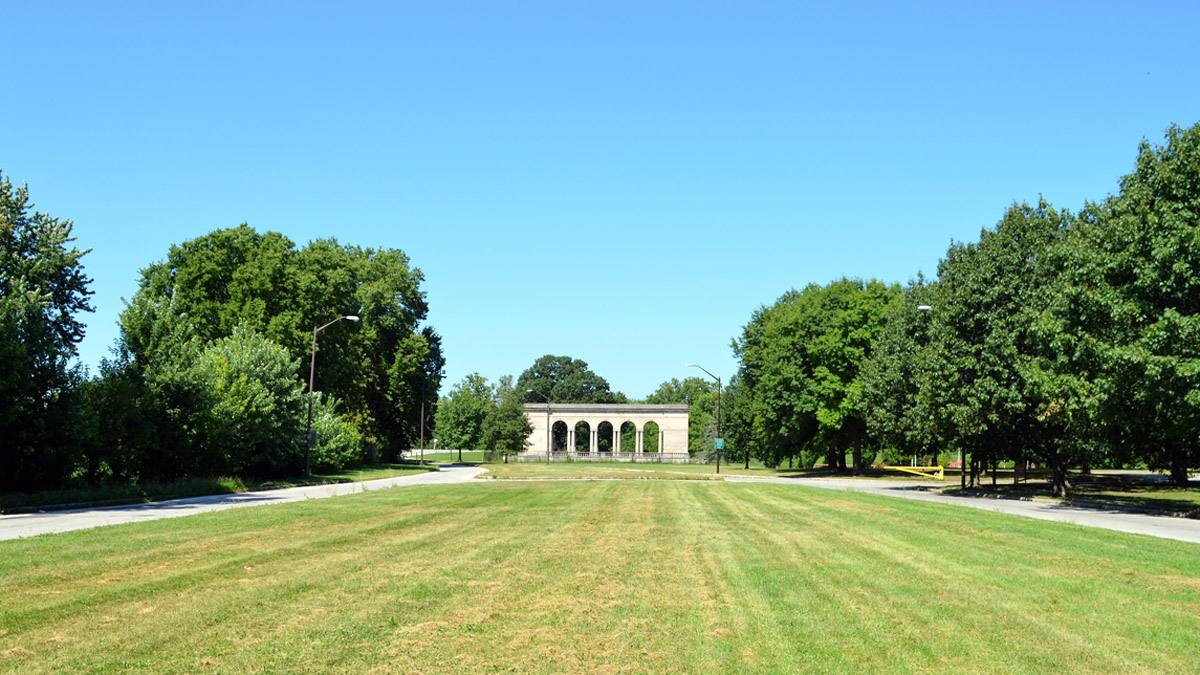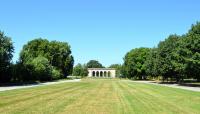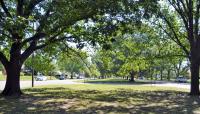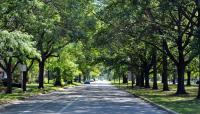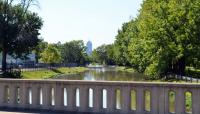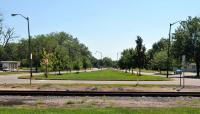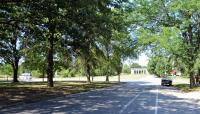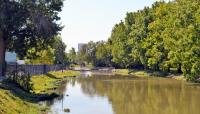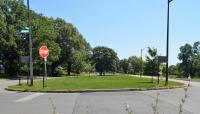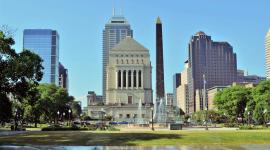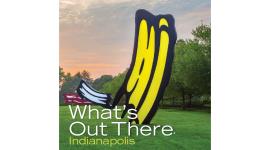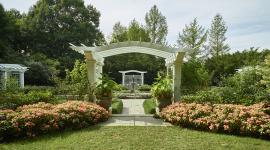Landscape Information
Situated on the near northwest side of Indianapolis, this mile-long parkway was designed to connect Fall Creek Boulevard and Parkway in the east with Riverside Park and White River Parkway in the west. From its western edge the parkway stretches for seven blocks, crossing a railroad line and the historic Indianapolis Water Company Canal before connecting to Fall Creek Boulevard at Watkins Park. Though termed a “parkway,” Burdsal was designed by George Kessler in 1915 as a direct east-west boulevard street, connecting the naturalized, riverine parkways on either side. Consistent with other boulevards of the Kessler Park and Boulevard System, it was designed to respect the historic grid of the city.
The parkway’s primary spatial structuring and ordering device is a series of block-long central medians, each measuring approximately 75-feet wide, situated between approximately 32-feet of adjoining roadway. These roadways support two lanes of traffic and a curbside parking lane. On the residential side of the parkway, a ten-foot-wide lawn lined with trees separates the street from the sidewalk. Burdsal Parkway is dominated by a double row of mature shade trees spaced along its central median. Historically, the medians were also planted with flowering shrubs and perennials for seasonal display. Today, both the medians and tree-lawns are planted with turf grass. The shade trees, consisting primarily of oaks and maples, are arrayed in straight lines, both in the central median and along the perimeter edges. This alignment strengthens the long axis of the parkway and orients the eye toward its focal point, the Thomas Taggart Memorial located at the entrance to Riverside Park. Burdsal Parkway was added to the National Register of Historic Places in 2003 as a contributing feature in the Indianapolis Park and Boulevard System.



